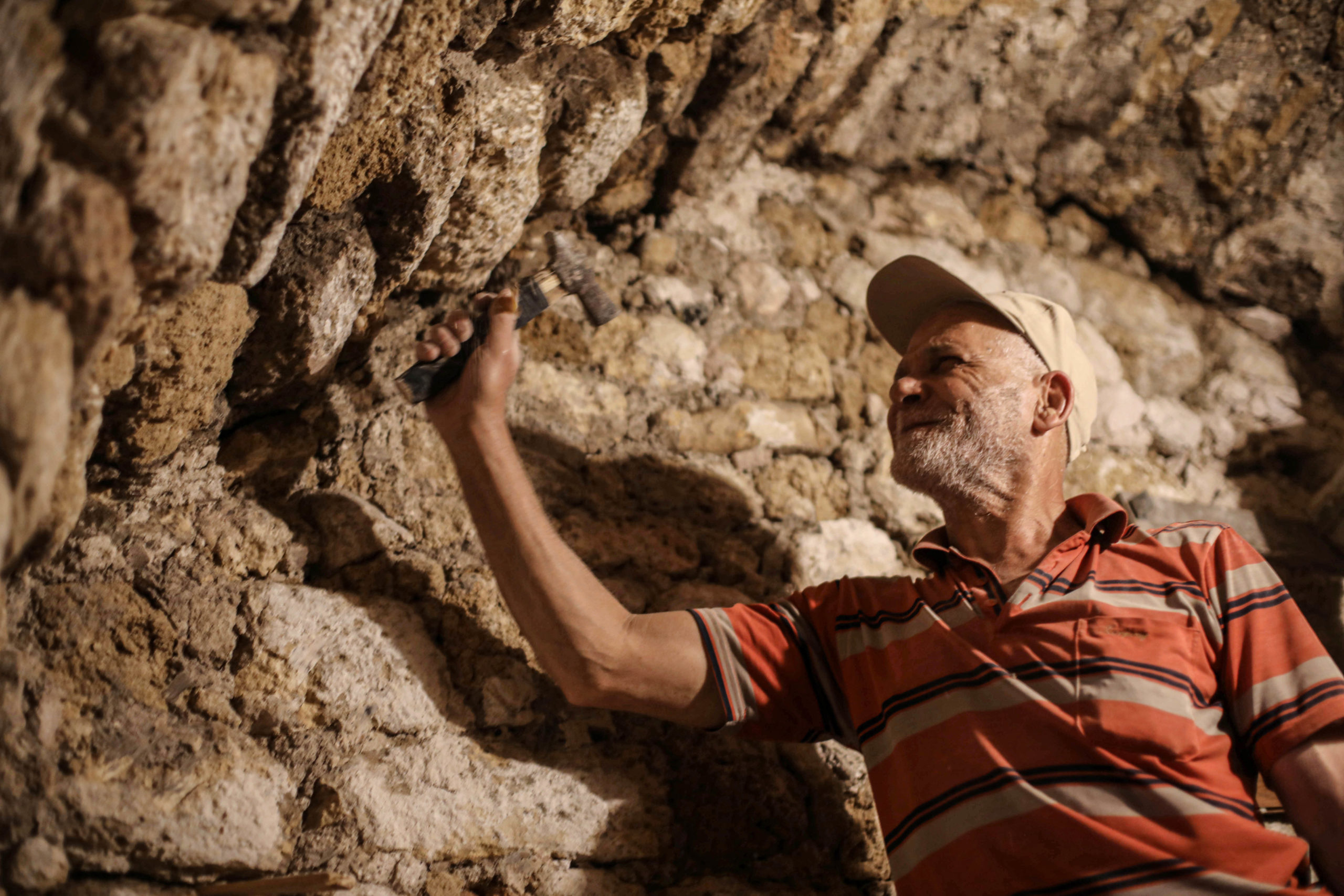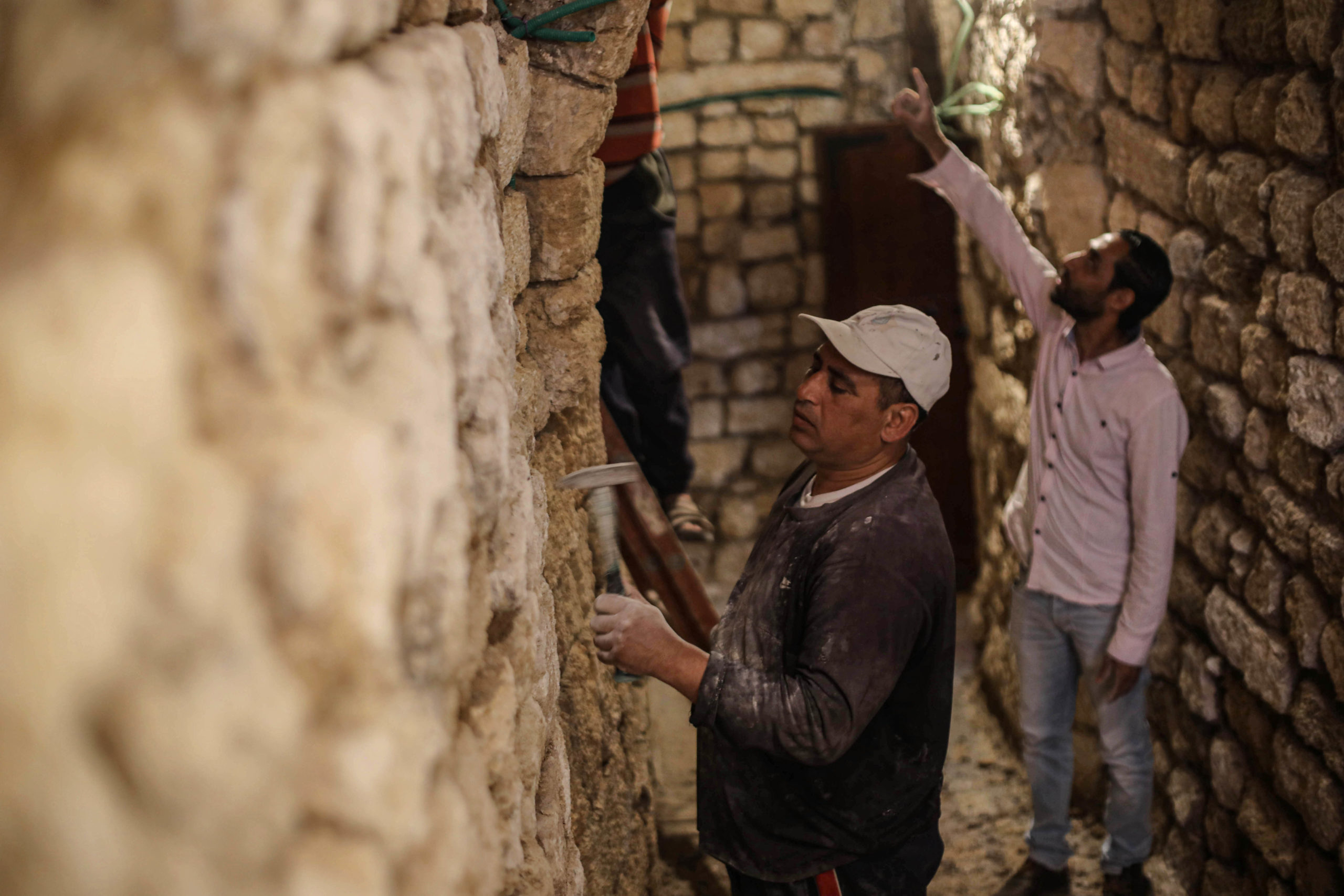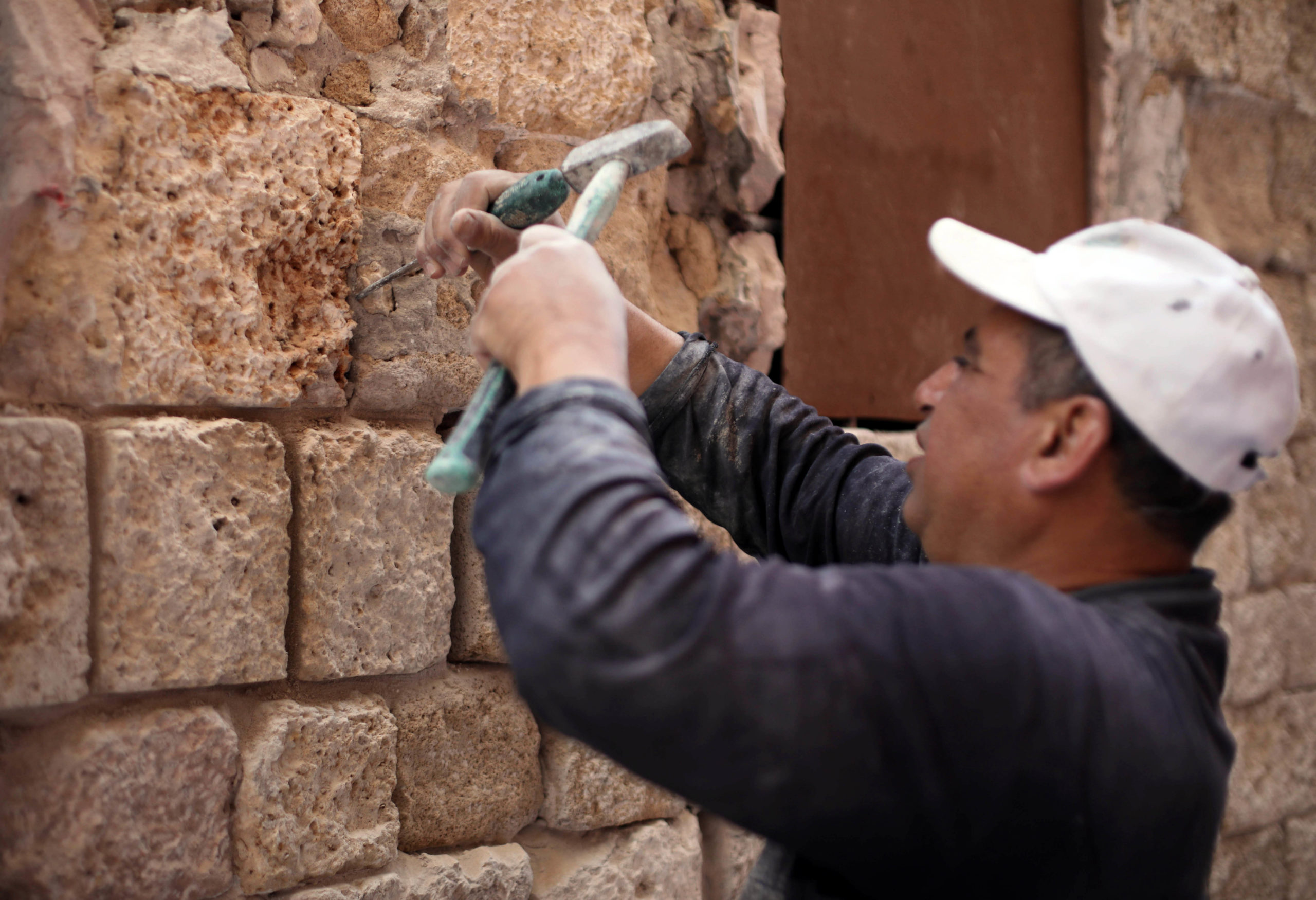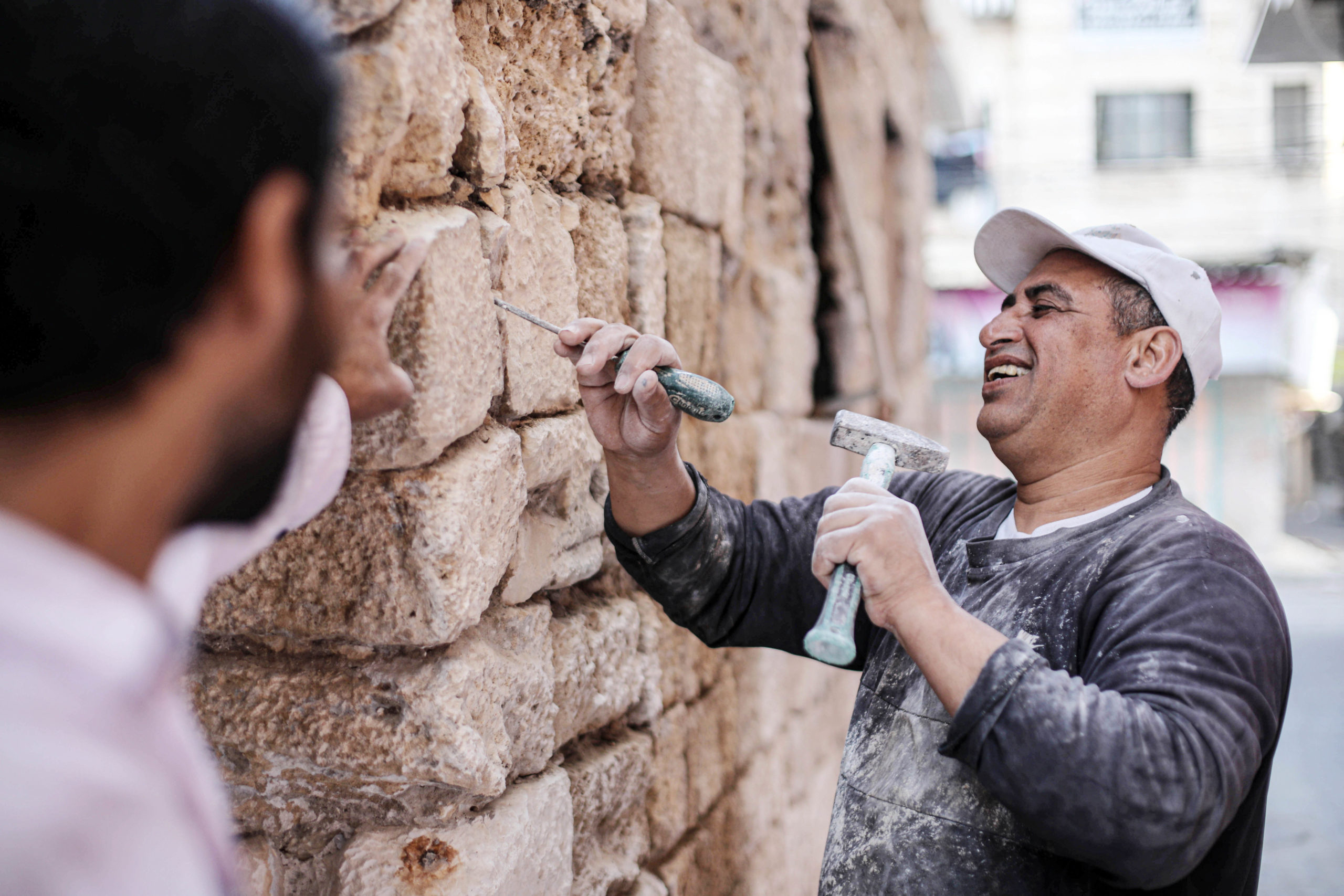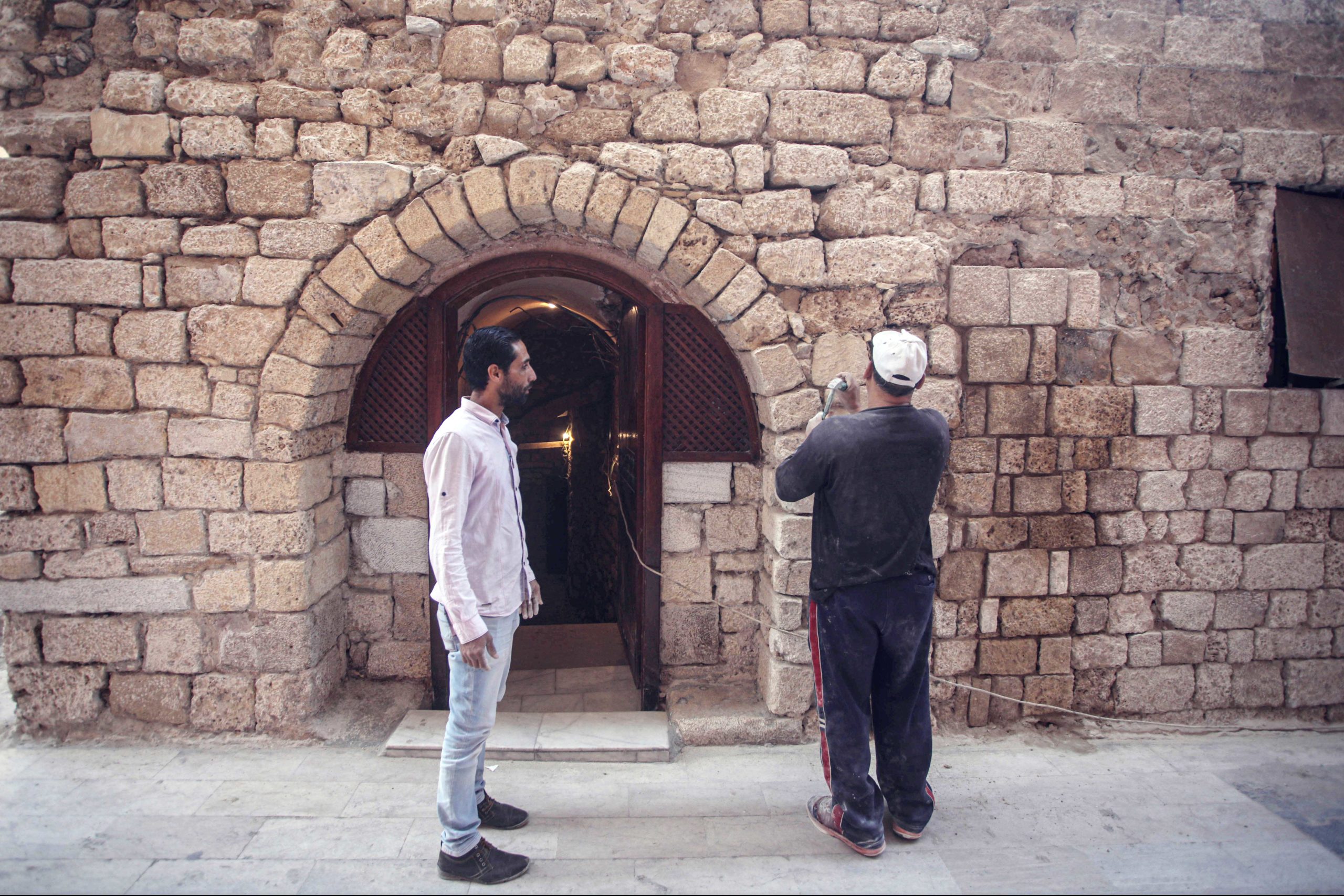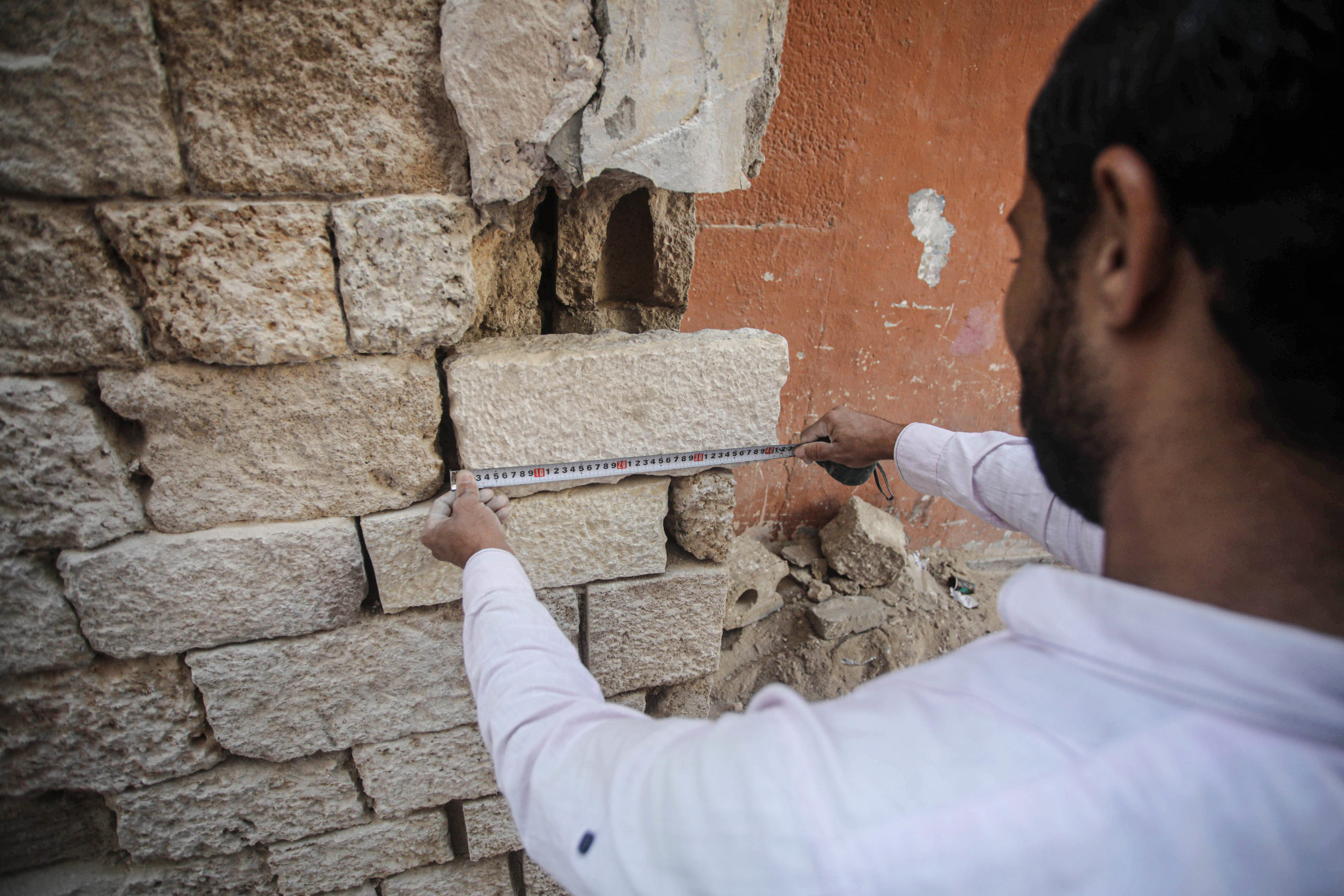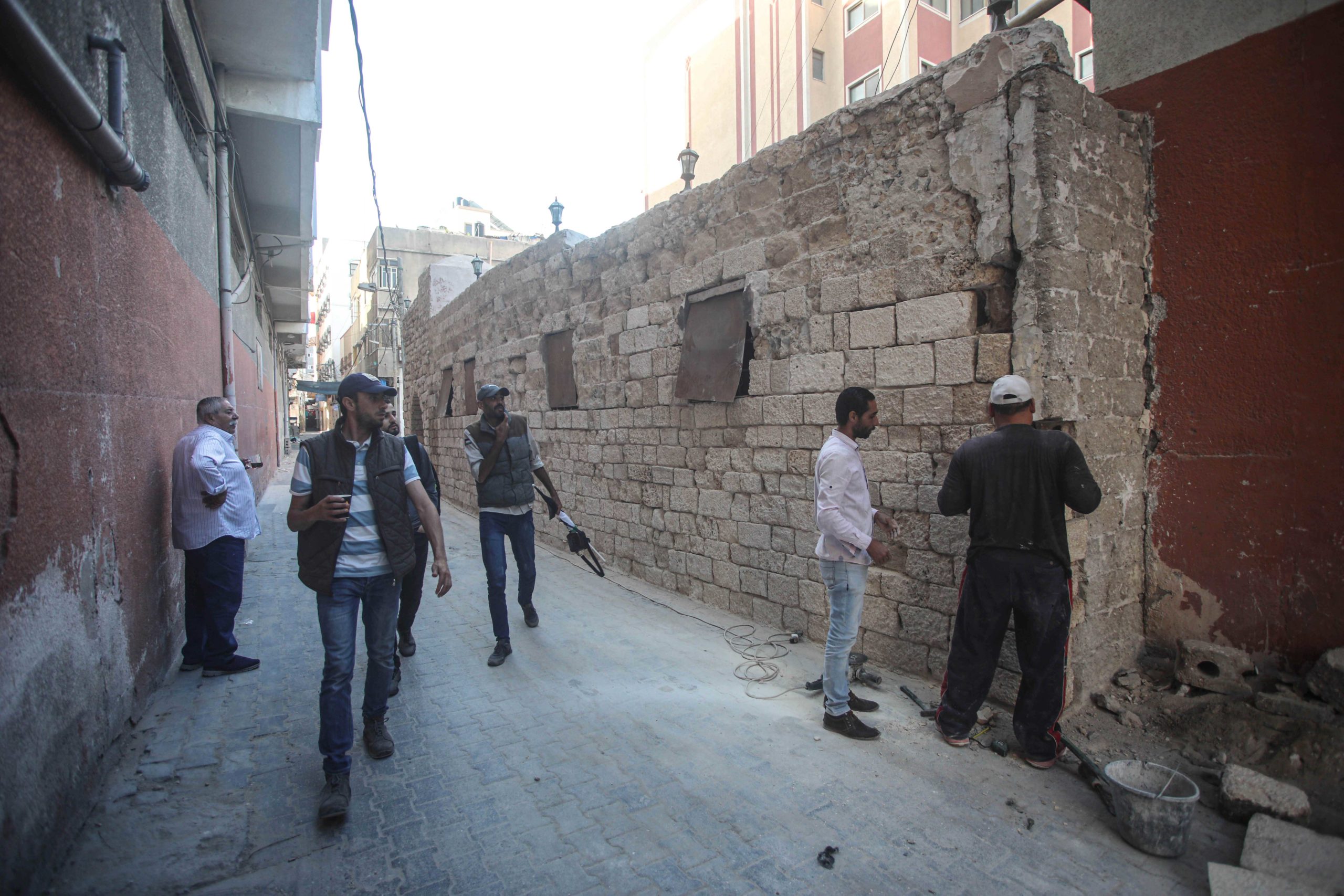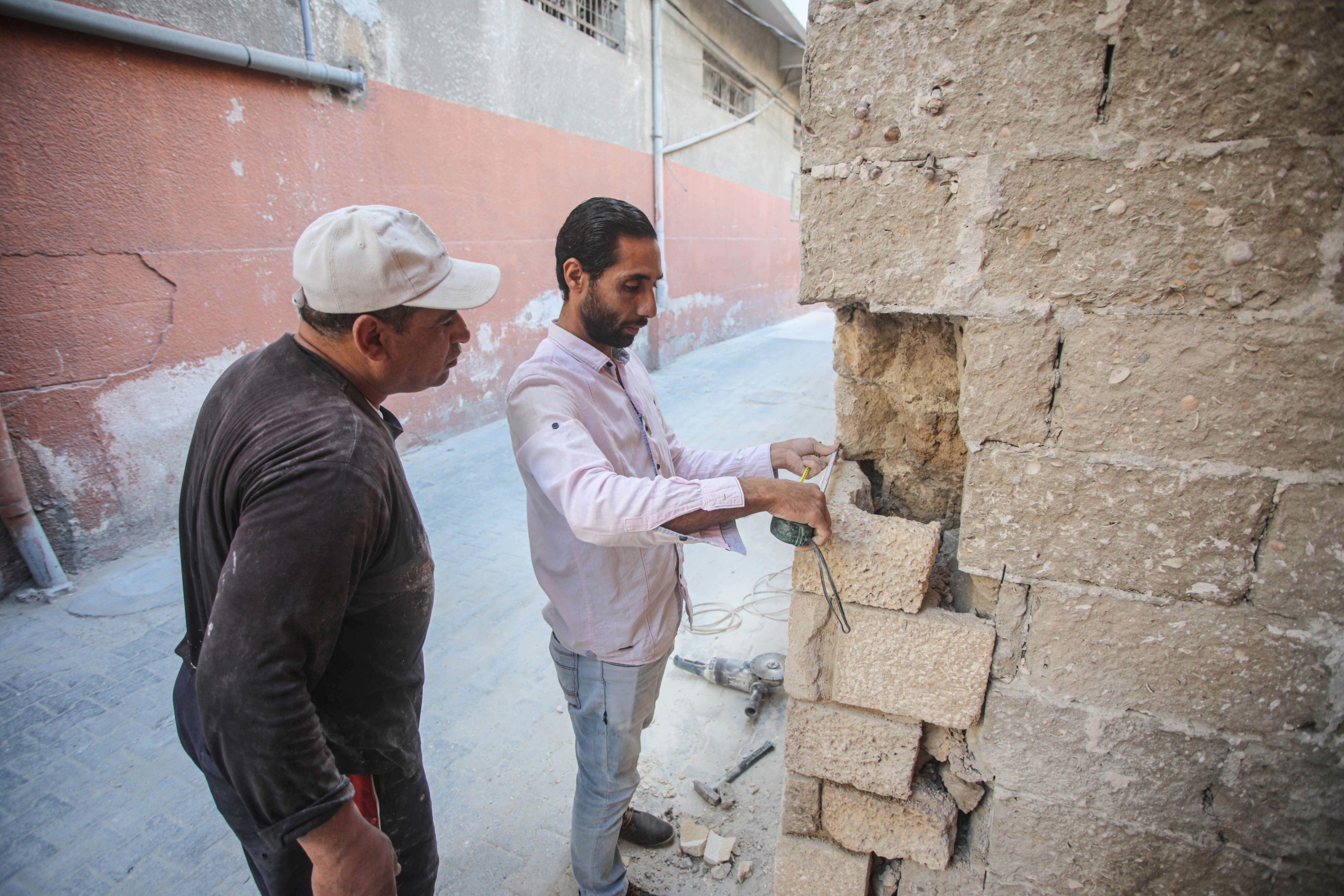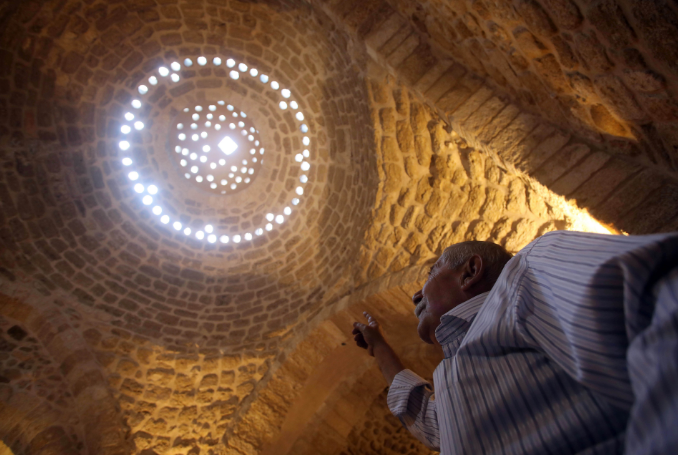
Hamam Al-Samra, or the Samra Bath, is one of the main, and few remaining, Ottoman architectural sites in Gaza. Though it has been around for hundreds of years, it is still operational.
The Palestine Chronicle joined Gazan artisans and workers as they spent the day repairing the place with the hope of reopening Gaza’s famous public bath in the near future.
The etymology of the name is not entirely certain. Some historians believe that ‘Samra’ is in reference to the Samaritans, an ancient Gaza community that lived in that region until the late 16th century. The name Samra, however, is also a reference to something that is dark or brown. So, the name could also mean the ‘brown bath’.
The bath consists of several rooms, each with a different temperature, hot, warm, and cold. It is managed by Haj Salim Abdullah al-Wazeer.
The owner of the bath offered The Palestine Chronicle a different historical narrative on when Hamam al-Samra was first established. “The bath is at least a thousand years old,” al-Wazeer told us. Though the exact date cannot be verified, al-Wazeer said that there is a wall carving at the entrance of the bath, which dates a major overall of the site to the beginning of the Mamlouk era, specifically to the years 685 in the Islamic Calendar, meaning over 750 years ago.
“The bath is divided into various sections, starting with the underground fireplace, which is invisible to clients,” al-Wazeer said. “The fireplace is still fueled by wood, as it is the safest form of fuel available in Gaza. The smoke is channeled through a 15-meter high chimney.”
“The second section is the rest area. That’s where clients are able to sit near a pool, covered by the only dome of its kind in Gaza, the checkered dome, which allows the entrance of the sun but somehow shields those inside from the rain above. This is the most beautiful part of the bath.”
“Another section is where the steam reaches up to 55 degrees Celsius,” al-Wazeer continued. “Our customers are of different ages and classes. The rich and the poor, the young and the old, all interact here. There are also sections where clients, who often suffer from medical issues and joint problems, receive massages.”
Al-Wazeer explained to The Palestine Chronicle the health benefits of his historic bath:
“These are the benefits of the bath,” he said:
– it opens up the pores,
– it stretches the joints and relaxes the body;
– it reduces tensions;
– it speeds up blood circulation and therefore strengthens the cognitive abilities of the brain;
– it helps with back problems and spinal issues;
-It helps rheumatism patients;
– It activates parts of the body responsible for controlling toxins;
– It strengthens the immune system.
We asked al-Wazeer how many times in the past has this bath been repaired. “At least four times. Presumably, the first time was over 750 years ago. Then, it was repaired again in the 1970s, and I took part in the rebuilding of the bath then. It was also restored in 2001 through a grant by the United Nations Development Program (UNDP), managed by the Islamic University of Gaza.”
According to al-Wazeer, the current repairs follow the latest methods used in repairing ancient sites. He promises that the Hamam “is going to reemerge as beautiful as it was when it was first built a thousand years ago.”
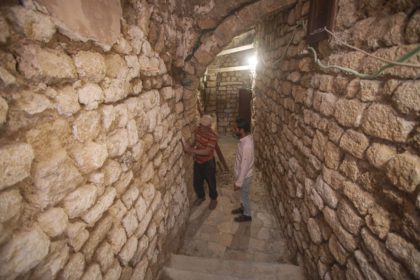
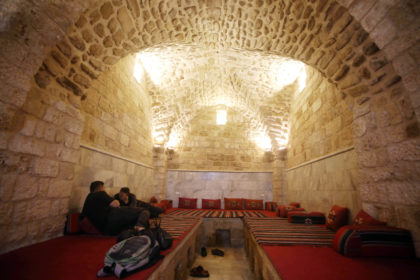
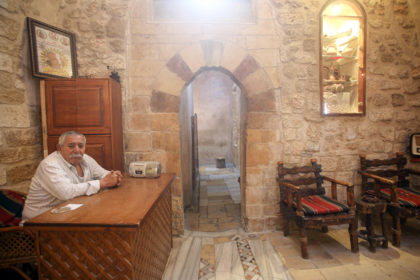
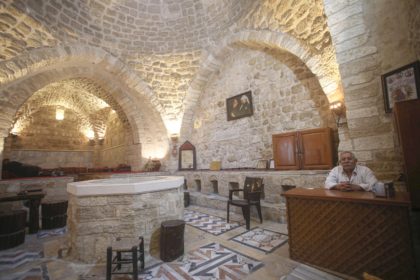
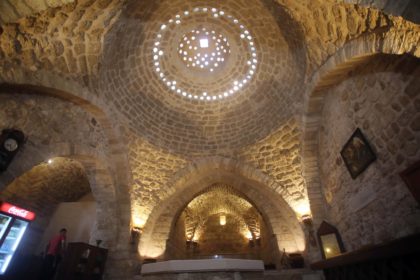
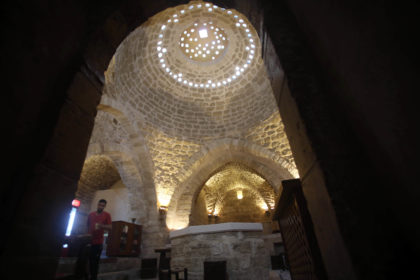
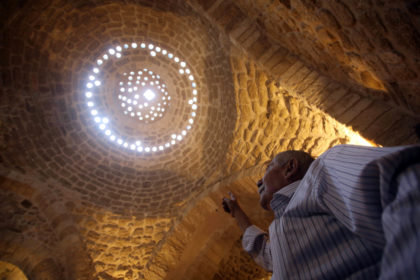
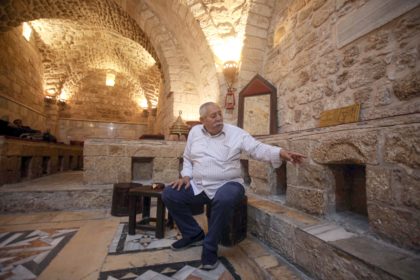
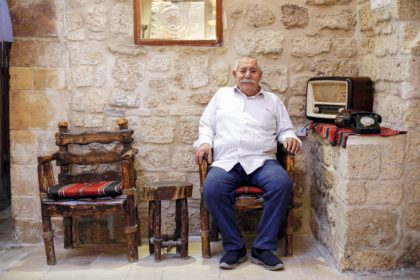
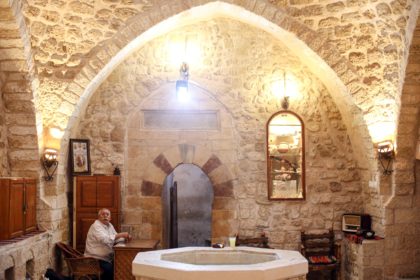
(All Photos: Mahmoud Ajjour, The Palestine Chronicle)


